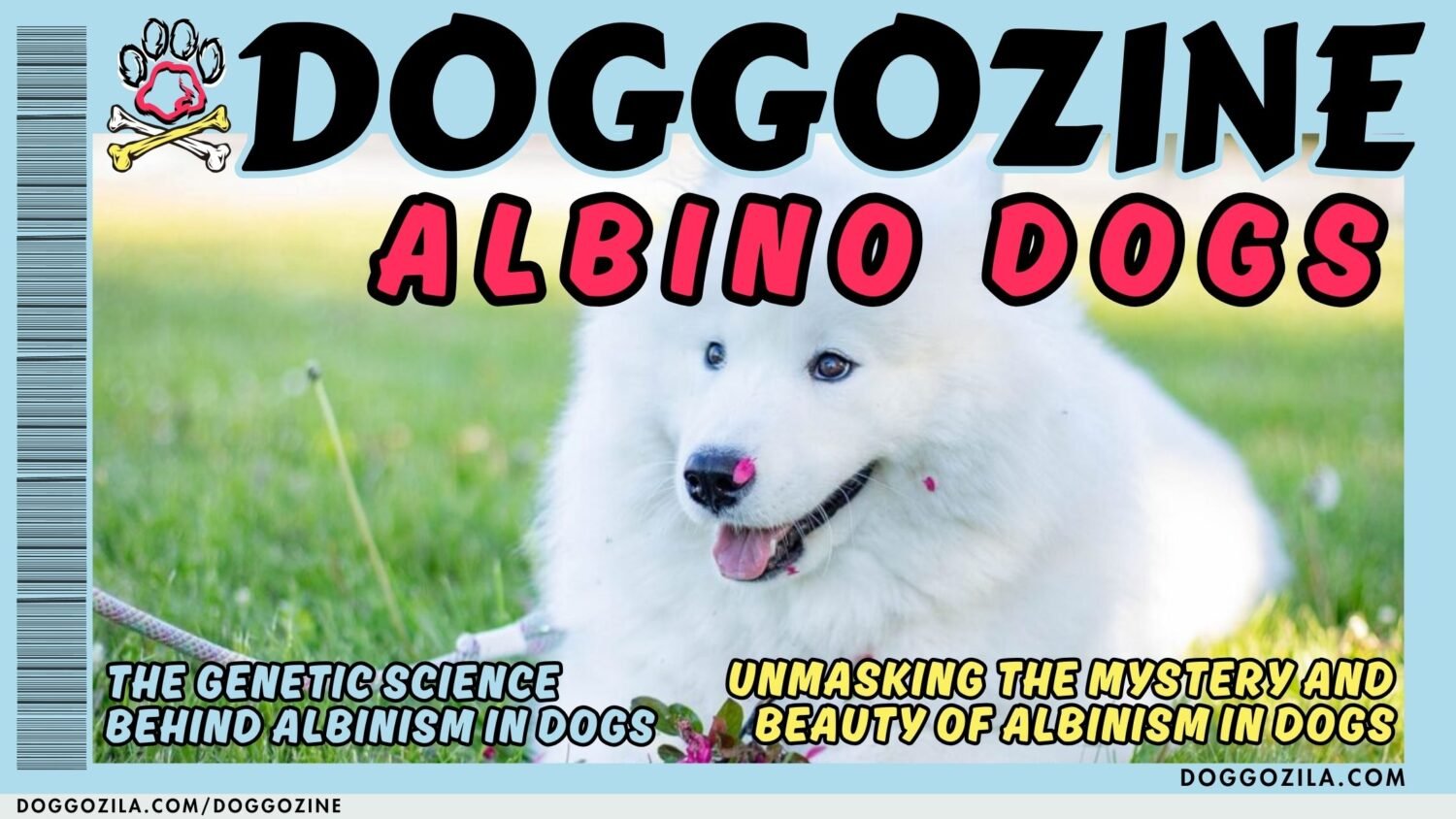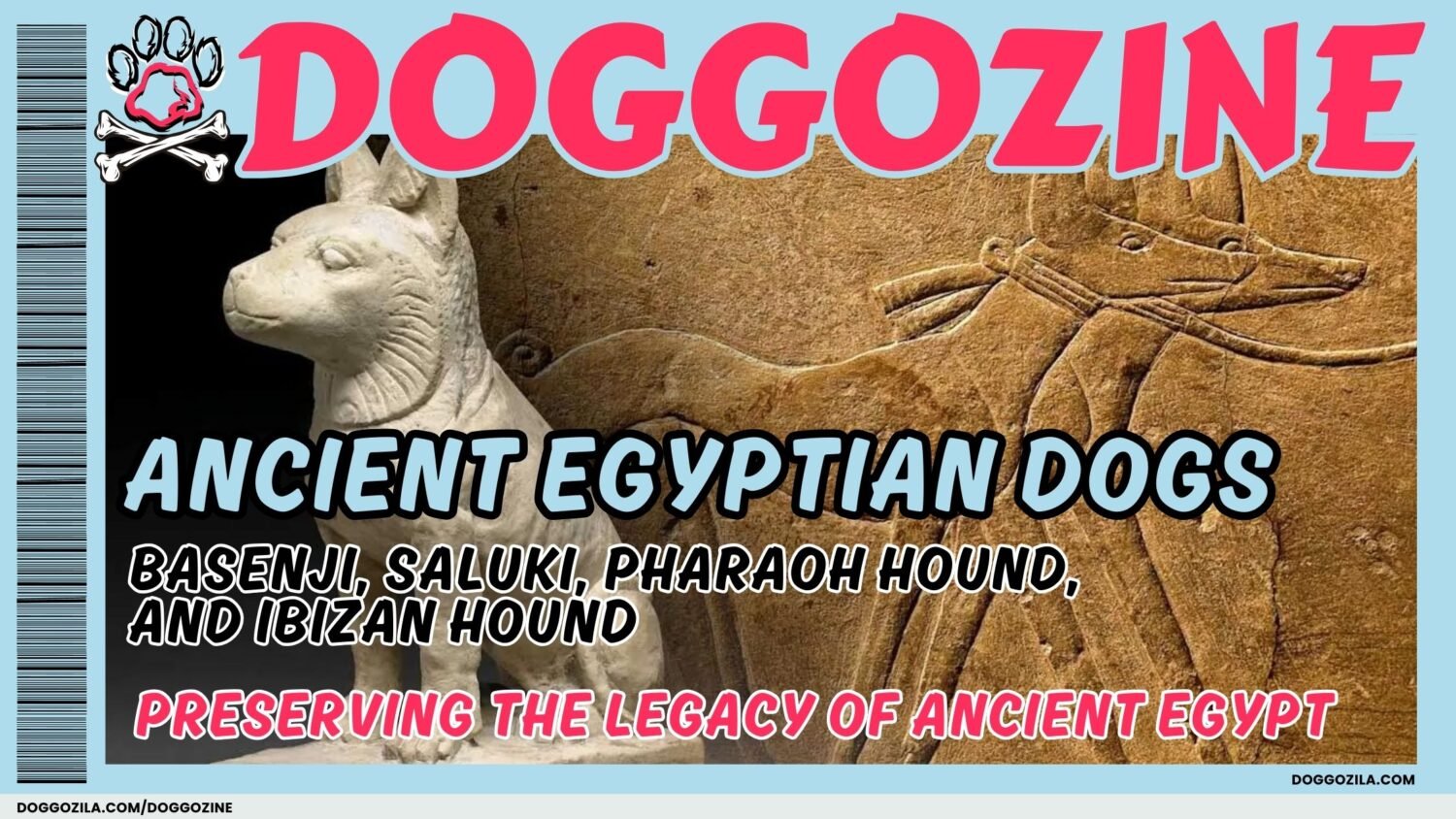Of all the fascinating chapters in the history of human civilization, the stories of ancient dog myths and beliefs reveal a profound and spiritual connection that transcends time, and today we choose to present the culture and folklore in Asia. From the majestic temple guardians of Japan to the loyal zodiac spirits of China, cultures across the continent have revered dogs as divine protectors, spiritual guides, and moral companions.
This article will journey through forgotten legends and age-old traditions to explore how our beloved furry friends were once viewed as celestial beings with the power to shape destinies and guard the afterlife. Get ready to see the timeless bond you share with your own dog in a breathtaking new light, uncovering the epic legacy hidden behind every wagging tail. Now, let’s dig into the fascinating history of ancient dog myths and beliefs in Asia!
„Before they curled up on our couches, dogs guarded the gates of the underworld,
guided souls to the afterlife, and walked alongside gods!
So, you are welcome to discover the legendary secrets hidden in your pup’s DNA.“
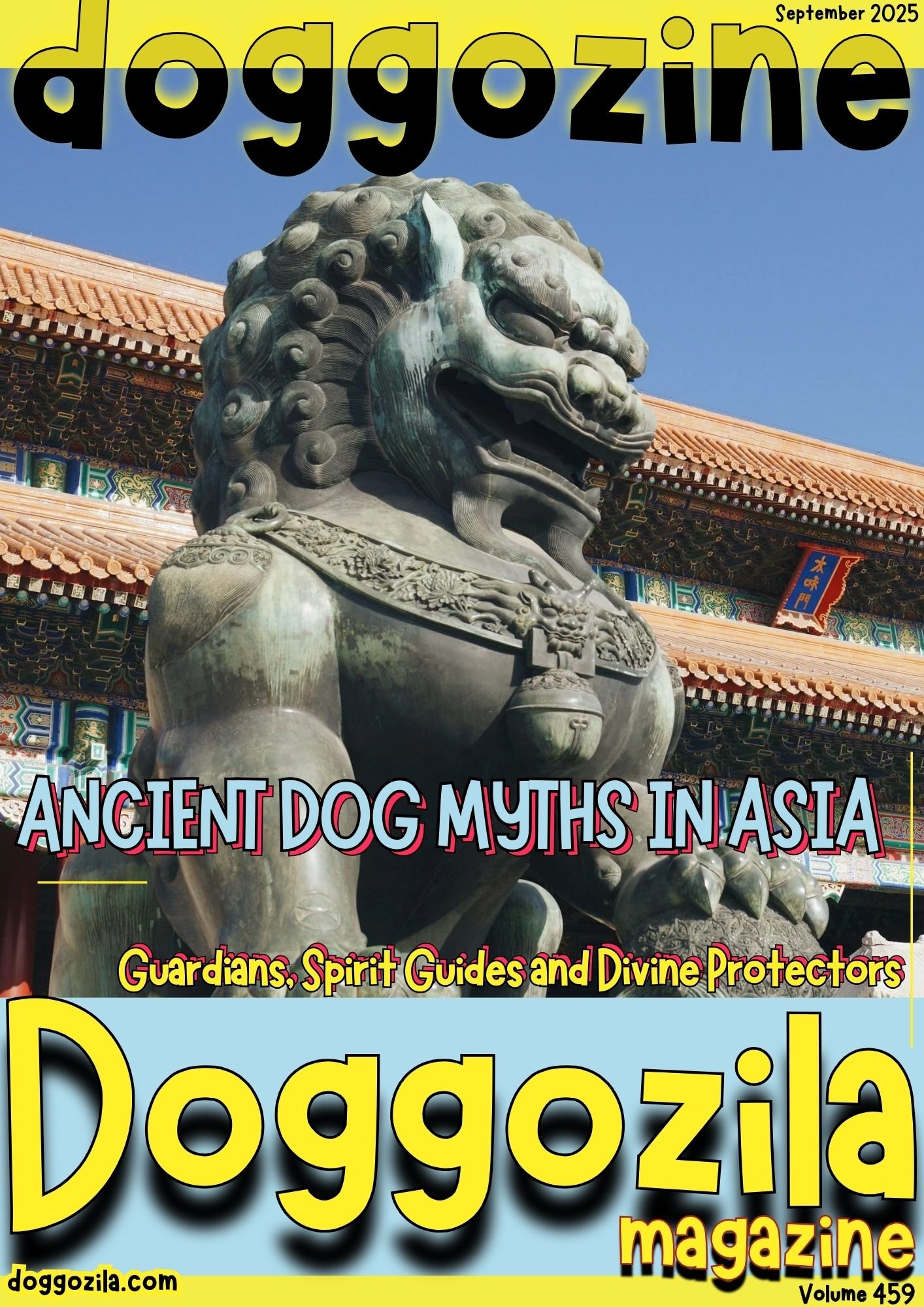
ANCIENT DOG MYTHS IN ASIA FROM JAPANESE CULTURE: THE SPIRITUAL WATCHDOGS OF JAPAN
Japan’s culture holds a deep respect for the natural world, and people see dogs as more than just companions, in fact, they revere them as protective spirits, loyal guardians, and even sacred messengers. These beliefs are embedded in everything from grand shrine statues to charming folk toys. Moreover, the stories passed down through generations highlight a unique bond between humans and hounds. This deep cultural integration makes Japan a fascinating starting point for our exploration. Ultimately, understanding these roles offers a profound glimpse into the core of ancient dog myths and beliefs in Asia.
Dogs in Japan have long been regarded as sacred protectors and mystical beings. For instance, the ancient dog myths and beliefs in Asia feature spirits like the Inuhō and shrine guardians known as Komainu. As an emblem of loyalty and safety, dogs permeate Japanese folklore deeply. Their presence in charms such as Inu Hariko further emphasizes their role in maternal protection.
The Komainu: Stone Guardians Warding Off Evil
You’ve likely seen these majestic lion-dog statues flanking the entrances to Shinto shrines and Buddhist temples. These are Komainu, and they are far more than decorative art. One often has an open mouth to utter the first letter of the Sanskrit alphabet, while the other’s mouth is closed to say the last letter, which symbolizes the beginning and end of all things.
People believe they ward off evil spirits and protect the sacred grounds within. This tradition is a powerful example of ancient dog myths and beliefs in Asia that still stands guard today. Think of them as the original security system, but with a lot more style and spiritual significance.
Your own dog probably does the same thing when they bark at the delivery person, protecting their sacred home! Their stoic presence is a daily reminder of the timeless need for protection, a need our own pets fulfill perfectly. Furthermore, these statues connect the physical and spiritual worlds, much like our dogs connect with us on a deeply emotional level.
The Legend of Hachikō: A Testament to Unwavering Loyalty
While not an ancient myth, the true story of Hachikō is a modern legend that embodies the timeless virtues found in older tales. This Akita dog waited for his deceased owner at a Tokyo train station every day for nearly ten years. His incredible loyalty resonated so deeply that people immortalized him with a bronze statue at that very station. His story is a living extension of the values people celebrated in ancient dog myths and beliefs in Asia.
It reminds us that the loyalty we cherish in our dogs today is a powerful, ancient force. Every time your dog greets you at the door with a wagging tail, they are channeling that same legendary devotion. In fact, Hachikō’s tale transcends time, proving that the core of the human-dog bond remains unchanged. It’s a story that continues to inspire books and films, touching the hearts of people all over the world.
Inu Hariko: Charms for Safe Childbirth and Health
For centuries, Japanese artisans have crafted Inu Hariko, which are charming papier-mâché toy dogs. People did not intend these as mere playthings, but they were powerful talismans. The women would receive these dog figures as gifts to ensure a safe and easy childbirth. The dog symbolized a straightforward delivery because people thought dogs gave birth easily. This sweet tradition shows how dogs were woven into the most important moments of life.
It’s a beautiful, tender side of ancient dog myths and beliefs in Asia that connects the miracle of new life with the comforting presence of man’s best friend. People believed these small, often smiling dog figurines could absorb negative energy and bring health to infants. The practice highlights a deep trust in the positive, protective energy that dogs represent in Japanese culture, a belief that persists in modern times.
🔑 Key Points: In Japan, people revere dogs as sacred protectors and mystical beings, embodied by spiritual figures like the Inuhō and the guardian Komainu statues found at shrines and temples.
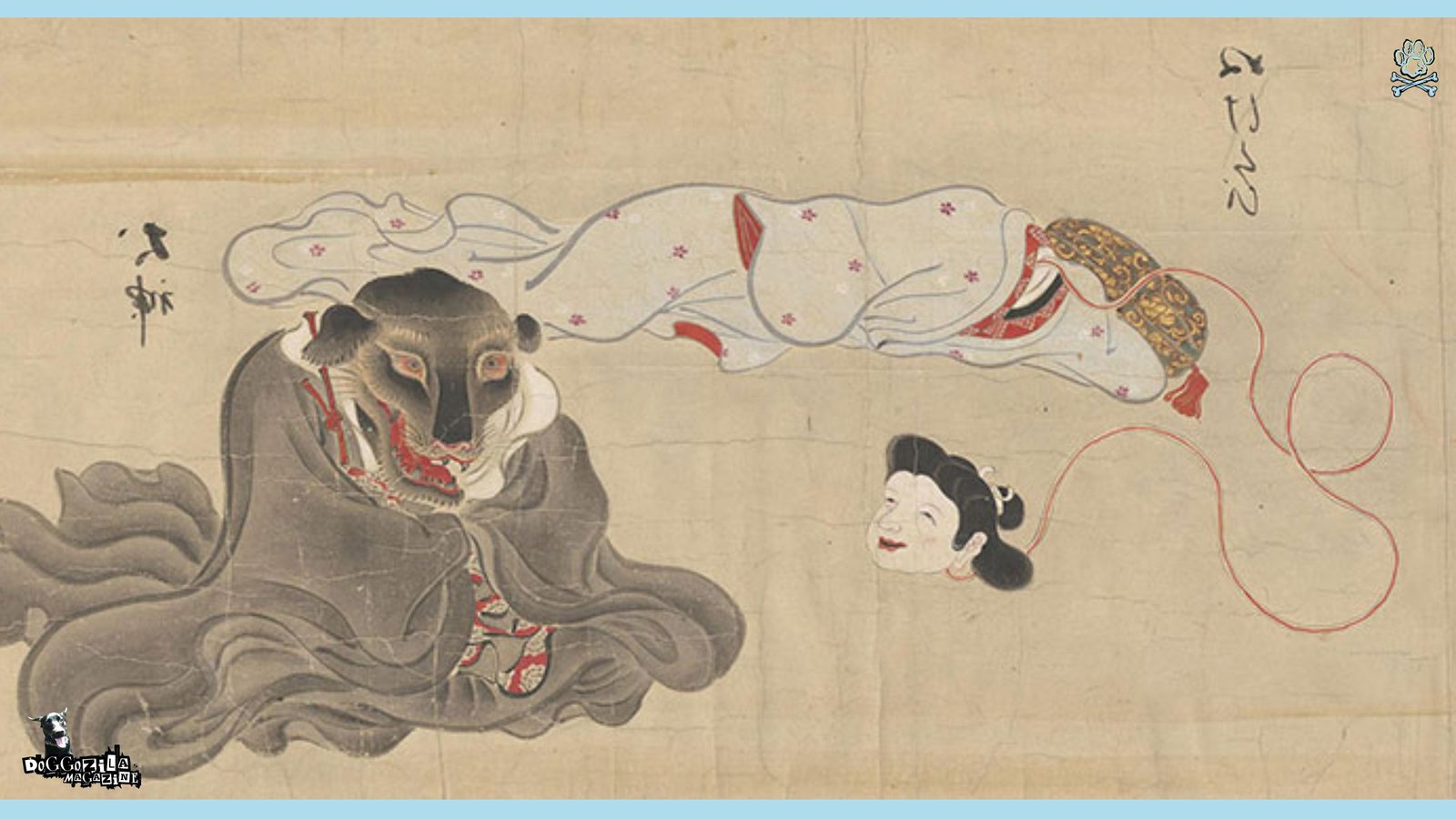
ANCIENT DOG MYTHS IN ASIA WITHIN THE CHINESE ZODIAC: THE CELESTIAL CANINES
In China, people celebrate dogs both in the heavens and on earth. They feature prominently in astrology, mythology, and as protective figures. These stories range from a beloved zodiac sign to a heavenly beast that chases the sun. Moreover, the cultural impact of these canines is profound and lasting. The rich tapestry of ancient dog myths and beliefs in Asia is brilliantly illustrated in these Chinese traditions. Their influence is evident in art, literature, and even modern celebrations, showing how deeply these stories are rooted.
The dog holds a special place in the Chinese Zodiac, embodying traits of loyalty and protection. Specifically, ancient dog myths and beliefs in Asia revolve around the dog’s symbolic importance in the zodiac cycle. The Chinese Zodiac Dog year highlights virtues like companionship, faithfulness, and security. In this context, dogs transcend their physical form, becoming icons of character.
The Dog in the Chinese Zodiac: The Loyal and Honest Spirit
If you were born in the Year of the Dog, you’re in good company! According to the myth, the Dog was the eleventh animal to arrive at the Jade Emperor’s race. People believe those born under this sign possess the core characteristics of the dog, loyalty, honesty, and a strong sense of justice.
They are inherently trustworthy friends and natural guardians. This zodiac sign permanently cements the dog’s virtuous nature into the culture. It’s a fantastic piece of ancient dog myths and beliefs in Asia that millions of people identify with every day.
Does your own pup’s personality match your zodiac sign? People love the Dog sign because it represents the most admirable traits anyone could hope to find in a friend. This ancient belief continues to influence parenting, business, and relationships in many communities.
The Heavenly Dog Tiangou: Eclipse Chaser and Omen
Not all mythical dogs are cuddly. For example, meet Tiangou, the “Heavenly Dog,” a formidable creature from Chinese mythology. People believed this beast was responsible for solar and lunar eclipses because it tried to eat the sun or moon. During an eclipse, people would bang pots and make loud noises to scare it away, thereby saving the celestial bodies. This myth served as an ancient explanation for awe-inspiring astronomical events.
This fascinating, slightly fearsome figure adds a layer of complexity to ancient dog myths and beliefs in Asia, showing that dogs could also represent powerful, untamable forces of nature. The Tiangou reminds us that ancient cultures used dogs to explain the unexplainable, from the mysteries of the sky to the fears of the night. Even today, this myth is part of the cultural memory, a cool story to tell during an eclipse.
Imperial Fu Dogs: Protectors of Palaces and Temples
People often mistake Fu Dogs for lions, but they are actually stylized guardian dogs. You’ll find them in pairs at the gates of imperial palaces, temples, and important homes. The male represents energy and protection, and artists often show him with a ball under his paw. The female symbolizes nurturing and care, and they show her restraining a playful puppy.
Together, they represent the perfect balance of power and compassion, guarding against both physical and spiritual harm. These powerful statues are a majestic, artistic expression of ancient dog myths and beliefs in Asia that continues to influence design and Feng Shui today.
People believe that placing them at entrances blocks negative energy and attracts good fortune. Their enduring popularity in architecture and garden design shows how these ancient symbols still provide a sense of security and peace.
🔑 Key Points: People believe that those born in the Chinese Zodiac’s Year of the Dog embody the core canine virtues of loyalty, honesty, and a strong sense of justice, which cements the dog’s virtuous nature into the culture.
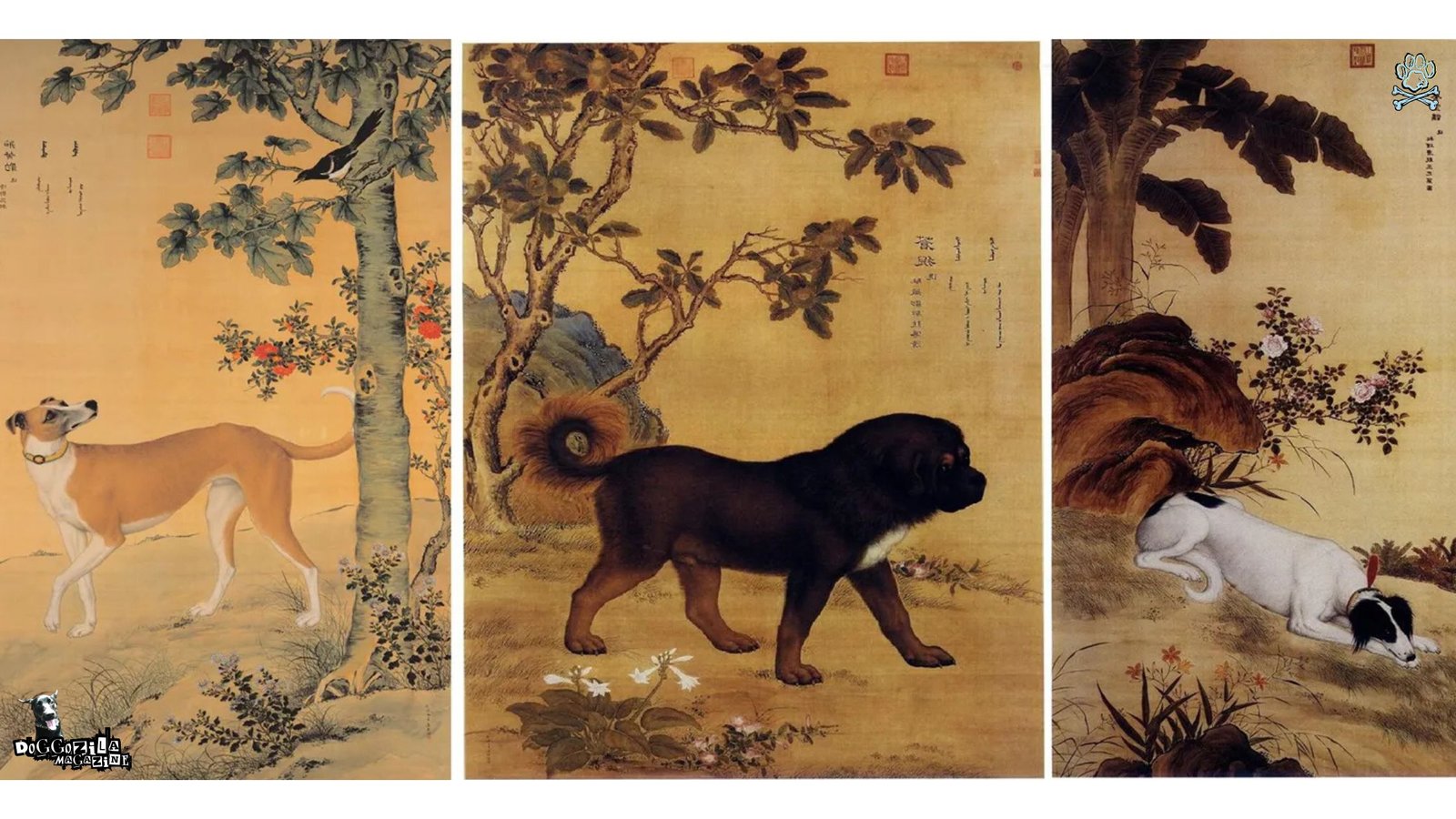
INDIA’S PLACE IN ANCIENT DOG MYTHS IN ASIA: THE HOUNDS OF DHARMA IN INDIA
In India, people view dogs with a complex mix of reverence and practicality, often linking them to themes of death, loyalty, and justice. They appear in some of the subcontinent’s most epic and ancient texts. These stories challenge and deepen our understanding of the human-canine bond. The philosophical depth of ancient dog myths and beliefs in Asia is profoundly evident in these Indian narratives. Here, dogs are not just pets, but they are spiritual guides and moral compasses, reflecting a very unique perspective.
In India, people entwine dogs with spirituality and mythology, often associating them with deities like Yama, the god of death. Specifically, ancient dog myths and beliefs in Asia portray dogs as loyal companions on spiritual journeys. Stories like the Mahabharata reveal a faithful dog guiding Yudhishthira into the afterlife. In this way, dogs become symbols of moral integrity and guardianship.
Yudhishthira’s Canine Companion in the Mahabharata
One of the most powerful stories comes from the epic Mahabharata. The righteous king Yudhishthira undertakes a final journey to heaven, accompanied only by his loyal dog. When told he cannot enter with the dog, Yudhishthira refuses paradise, choosing his faithful companion instead. Then, the dog is revealed to be the god Dharma in disguise, testing his devotion.
This story is a cornerstone of ancient dog myths and beliefs in Asia, teaching that true righteousness includes loyalty and compassion to all living beings, especially a devoted dog. The moral is clear, heaven is empty without the companionship of a faithful dog. This tale elevates the bond to the highest spiritual level, making every walk with your pup feel like a sacred journey.
Dogs as Companions of Yama, the God of Death
In Vedic traditions, two four-eyed dogs (often with spots above their eyes) are the messengers and guards of Yama, the god of death. Stories say they guard the path to the afterlife and sometimes describe them as roaming among the living as his spies. This association links dogs to the cycle of life, death, and rebirth. It’s not a scary concept but one of sacred duty.
These beliefs form a crucial part of ancient dog myths and beliefs in Asia, portraying dogs as creatures that can navigate the boundary between our world and the next. Their ability to sense things humans cannot is often cited as proof of their otherworldly connection. This role as a psychopomp, a guide for souls, is a sacred trust found in many cultures, but people uniquely honor it here.
Related Article Recommendation:
Dogs in the Afterlife: Myths and Cultural Beliefs
The Festival of Tihar: Honoring Dogs as Guardians
During the five-day Hindu festival of Tihar in Nepal, one day is dedicated entirely to honoring dogs! Called Kukur Tihar, it is a day to celebrate the deep connection between humans and their dogs. People offer them delicious food, place flower garlands around their necks, and apply a red tika paste on their foreheads as a mark of respect and blessing.
This beautiful tradition is a living celebration of ancient dog myths and beliefs in Asia. It’s a wonderful reminder to pause and give our own pups some extra thanks for their love and protection. The sight of countless dogs being honored and celebrated in the streets is a powerful testament to their valued status. This festival beautifully brings ancient reverence into the modern day, a practice we could all learn from.
🔑 Key Points: In Indian narratives, dogs are spiritual guides and moral compasses, exemplified by the story of King Yudhishthira, who chose his loyal dog over paradise, which revealed the dog to be the god Dharma testing his devotion.
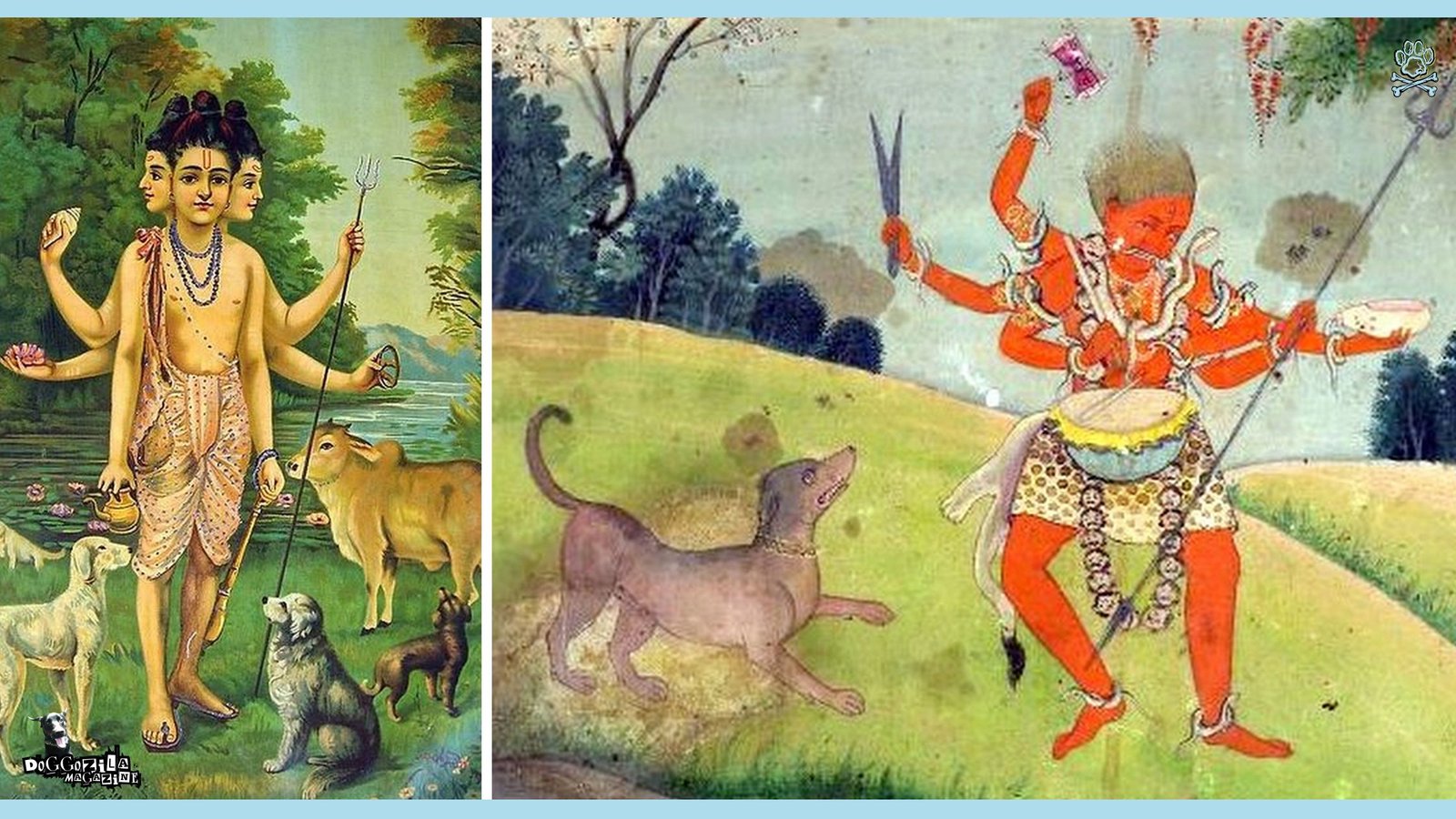
TIBETAN MASTIFF MYTHOLOGY AND ANCIENT DOG MYTHS IN ASIA: NOMADIC PROTECTORS AND TRADITIONS
On the high plateaus and vast steppes of Central Asia, dogs were essential partners in survival. People bred them for strength, endurance, and a fierce protective instinct. The legends from these regions reflect the harsh, beautiful environment and the deep reliance on canine companions. The practical and spiritual aspects of ancient dog myths and beliefs in Asia are perfectly blended in these nomadic cultures. These dogs were not merely animals; they were family members and vital to the community’s survival against formidable odds.
The Tibetan Mastiff stands out as a majestic symbol in ancient dog myths and beliefs in Asia. This breed’s origins in harsh Himalayan regions inspire legends of strength and protection. Tibetan nomads and monasteries revered these dogs as guardians of clans and sacred spaces. Their impressive stature and loyalty have been mythologized for centuries.
The Legendary Tibetan Mastiff: A Lion of the Snows
The Tibetan Mastiff is not just a breed, it’s a living legend. People know them as “Do-Khyi” (meaning “tied dog” because they were often tethered as camp guardians), and these massive dogs were tasked with protecting livestock from wolves and leopards. People so revered them that they saw them as intermediaries between the mundane and the spiritual worlds. Their impressive mane and deep bark contributed to myths that they were the inspiration for the mythical lion.
This majestic breed is a direct descendant of the ancient dog myths and beliefs in Asia that valued strength and unwavering courage above all else. People prized them as possessions, often giving them as gifts to royalty and nobility along the Silk Road. Their legendary status continues today, where people still revere them as formidable and loyal guardians.
Mongolian Bankhar Dogs: Guardians of the Steppe
For Mongolian nomads, the Bankhar dog is an ancient and treasured guardian. These large, intelligent dogs have been protecting livestock from predators for thousands of years. They are a critical part of the nomadic ecosystem, allowing herds to thrive in harmony with native wildlife like wolves.
Culturally, people see them as bringers of good fortune and stability to a family’s camp. The relationship between a herder and their Bankhar is a timeless example of ancient dog myths and beliefs in Asia based on mutual respect and a shared duty of protection.
The Bankhar is so well-adapted that it hunts only to protect the herd, not for sport, showing a deep, ingrained intelligence. Conservation efforts today highlight the importance of preserving this ancient breed to maintain the traditional nomadic way of life.
Spiritual Sentinels in Nomadic Folklore
In the oral traditions of nomadic people often saw dogs as spiritual sentinels. They interpreted their ability to bark at seemingly nothing as them seeing or sensing spirits invisible to humans. People believed they protected their owners from both physical and supernatural harm. This belief in their heightened perception is a common thread in ancient dog myths and beliefs in Asia.
It’s the ancient reason why you might feel a little safer at home with your dog by your side, they’ve been on guard duty for centuries! This folklore created a deep respect for the dog’s intuition and instincts. People even interpreted the howl of a dog as a message or an omen, a language between the human and spirit worlds.
🔑 Key Points: In nomadic cultures, dogs like the legendary Tibetan Mastiff were essential partners for survival, and people revered them as intermediaries between the spiritual and mundane worlds for their strength and protective instincts.
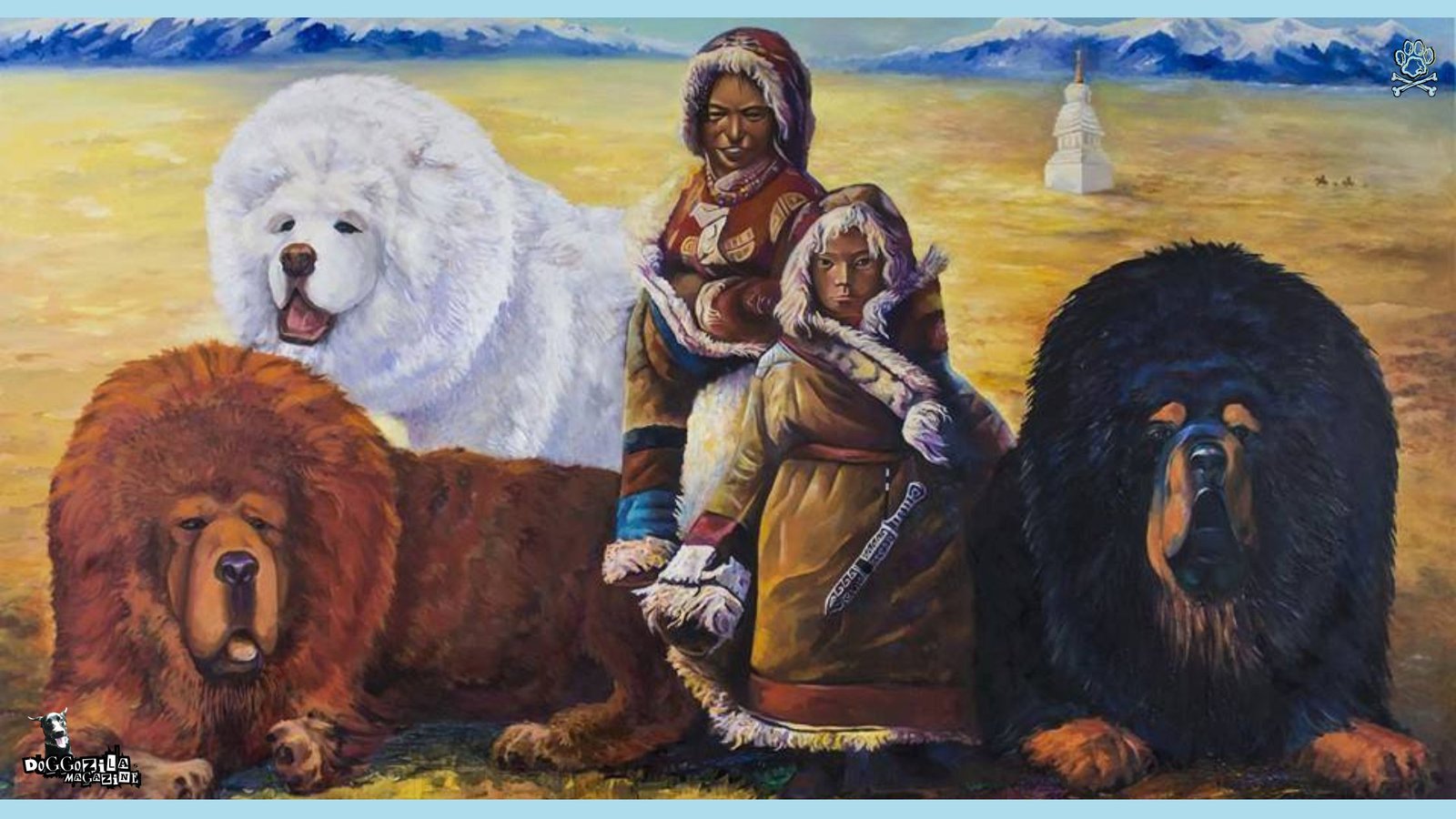
ANCIENT DOG MYTHS IN SOUTHEAST ASIA: CANINE DEITIES AND FOREST SPIRITS
Beyond the well-known cultures, Southeast Asia holds its own unique tapestry of dog lore. In the lush forests and vibrant communities, dogs play roles in creation myths and serve as spiritual intermediaries. These stories are often less documented but equally enchanting. They reveal a diverse range of ancient dog myths and beliefs in Asia that are deeply tied to the natural environment and animist traditions of the region. These stories reflect a profound respect for dogs as both earthly companions and divine beings who bridge the human and spirit worlds, emphasizing their importance in Southeast Asia’s rich folklore tradition.
Canine deities and forest spirits play a vital role in the ancient dog myths and beliefs in Asia, especially in Southeast Asian cultures where people see dogs as sacred protectors and spiritual intermediaries. These myths often depict dogs as divine messengers sent by gods to guard the natural world and human communities. According to local legends, canine spirits are closely connected with forest realms, acting as loyal guardians of the wild and helpers in rituals to maintain balance in nature.
The Hound of the Philippines: Guardian of the Afterlife
In Philippine mythology, particularly among the Ifugao people, dogs hold a significant place in the journey to the afterlife. People believe that a spirit dog guides the soul of the deceased across a narrow bridge to the spirit world. Without this loyal guide, the soul may be lost forever.
This belief underscores the dog’s role as an essential psychopomp, a guide between worlds. This specific myth is a vital part of understanding the broader spectrum of ancient dog myths and beliefs in Asia. The dog’s unwavering loyalty doesn’t end with death but continues into the afterlife, ensuring safe passage. This creates a comforting narrative that our bonds with our pets transcend our earthly existence.
The Nguoi Rua of Vietnam: Shapeshifting Dog Protectors
Vietnamese folklore speaks of the Nguoi Rua, mythical creatures that people often depict as shapeshifters with dog-like features. People consider them guardians of sacred spaces, such as ancient temples and village entrances. People believed these beings possessed great strength and wisdom, often offering protection to those who respected them.
Tales of these protectors contribute to the rich mosaic of ancient dog myths and beliefs in Asia. They represent the blending of the animal and human spirit, a common theme in animist traditions. People used their stories to teach lessons about respecting nature and the unseen guardians of the land.
Bornean Beliefs: Dogs as Omens and Messengers
On the island of Borneo, indigenous people like the Dayak have traditional beliefs where people see dogs as omens. They could interpret the behavior of a dog, like its barking, whining, or direction of travel, as messages from the spirit world. For instance, a dog howling at a particular house might be seen as a warning of impending illness or misfortune.
This practice of reading canine behavior is a fascinating aspect of ancient dog myths and beliefs in Asia. It shows a deep observation of the natural world and a belief that animals are deeply connected to the spiritual realm. Even today, in some remote communities, people note and seriously consider a dog’s actions.
🔑 Key Points: Across Southeast Asia, people see dogs as spiritual intermediaries and guides. For example, in Philippine mythology, people believe a spirit dog guides souls across a bridge to the afterlife.
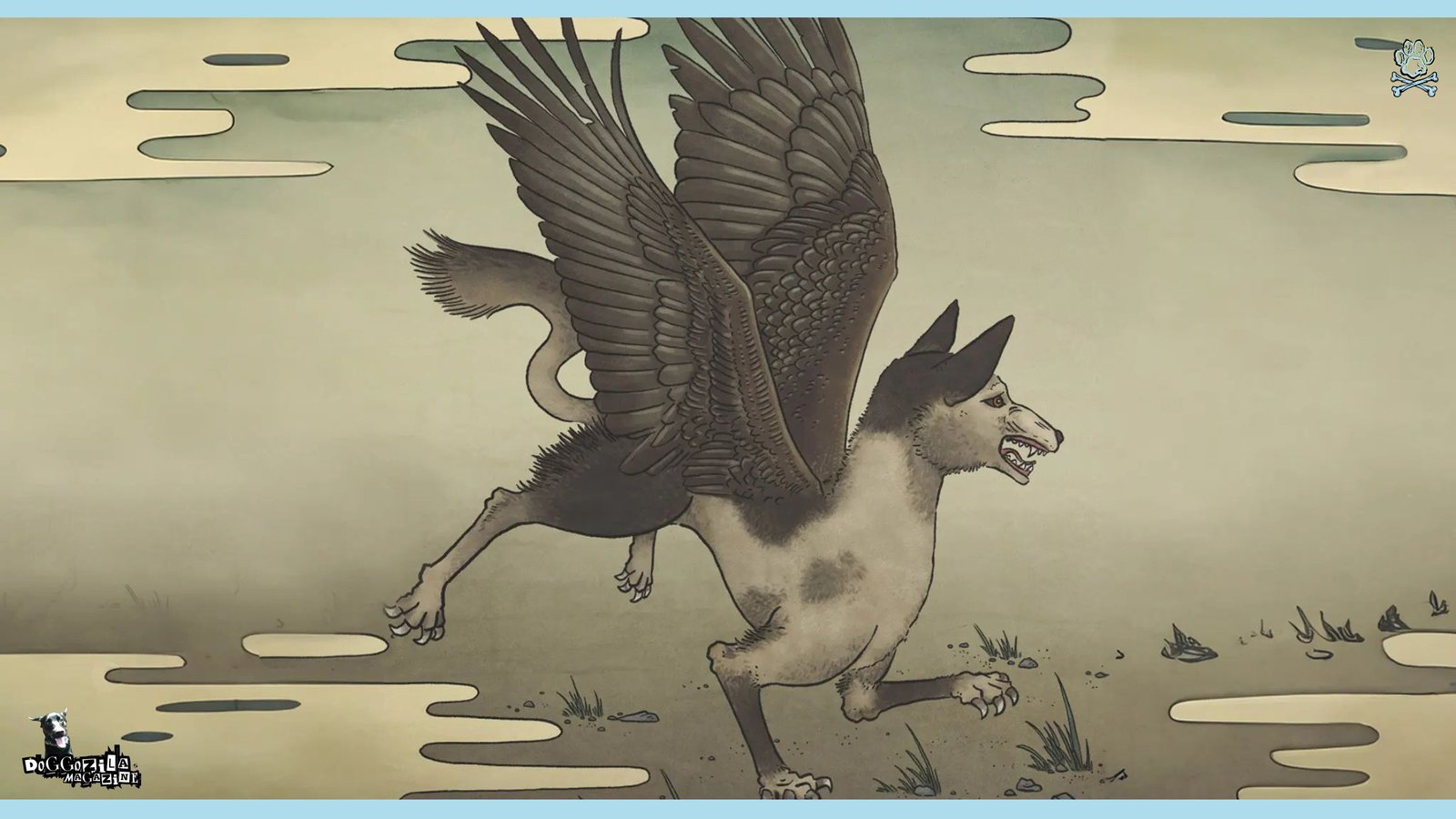
ANCIENT DOG MYTHS IN ASIA: KOREAN DOG GUARDIANS AND MOUNTAIN SPIRITS
Korean mythology and folklore present dogs as both divine creators and faithful household protectors. The stories are a blend of shamanistic traditions and practical village life. People revere dogs for their loyalty and fear them for their potential connection to the spirit world. These narratives offer a distinct and compelling chapter in the book of ancient dog myths and beliefs in Asia. The close bond between dogs and mountain deities reflects broader themes in Korean folklore about protection, spiritual harmony, and respect for nature’s guardians.
Korean dog myths are closely intertwined with the reverence for guardian spirits who watch over both mountains and homes. In ancient dog myths and beliefs in Asia, canines act as protectors and messengers of divine mountain guardians like Sansin, the mountain spirit people revere throughout Korea. These dogs symbolize loyalty and vigilance, serving as companions to the powerful spirits that defend village safety and natural balance.
The Founding Myth of Ungnyeo: The Bear-Woman and the Divine Dog
A key Korean foundation myth involves a god-like figure, Hwanung, and a tiger and bear who wished to become human. The tiger gave up, but the bear persevered and was transformed into a woman, Ungnyeo. She later gave birth to Dangun, the legendary founder of Korea. While a dog isn’t the central figure, its absence is notable.
The dog’s unwavering patience and loyalty are traits embodied by the successful bear, contrasting with the impatient tiger. People interpret this myth by some as an allegory for the valued traits of perseverance, which are core to the ancient dog myths and beliefs in Asia found in Korea. The dog’s spirit is invoked through the virtues that allowed the bear to succeed.
Dokkaebi’s Fearsome Hounds: Supernatural Enforcers
In Korean folklore, Dokkaebi are mischievous, goblin-like creatures with supernatural powers. People often depict them with fearsome canine companions. These spirit dogs are used to punish the greedy and wicked, serving as enforcers of justice.
They represent the more fearsome aspect of the canine spirit, a force that maintains moral order. This adds a layer of formidable power to the ancient dog myths and beliefs in Asia from the Korean peninsula. They are not just pets, but they are instruments of cosmic justice, reminding people to act with integrity and fairness.
Jindo: The National Dog and Symbol of Loyalty
The Korean Jindo dog is a national treasure and a living symbol of the legendary loyalty found in Korean culture. These dogs are renowned for their incredible homing instinct, unwavering loyalty to a single owner, and strong survival skills. Numerous modern-day stories tell of Jindos traveling vast distances to return to their original homes.
The breed itself is a testament to the ancient dog myths and beliefs in Asia, embodying the virtues people celebrated in folklore for centuries. People revere them so much that cultural heritage laws protect them. Their existence proves that the legendary dogs of myth have living, breathing counterparts.
🔑 Key Points: Korean folklore presents dogs as both divine creators and faithful protectors, with the Jindo breed serving as a living national symbol of the legendary loyalty people celebrate in their myths.
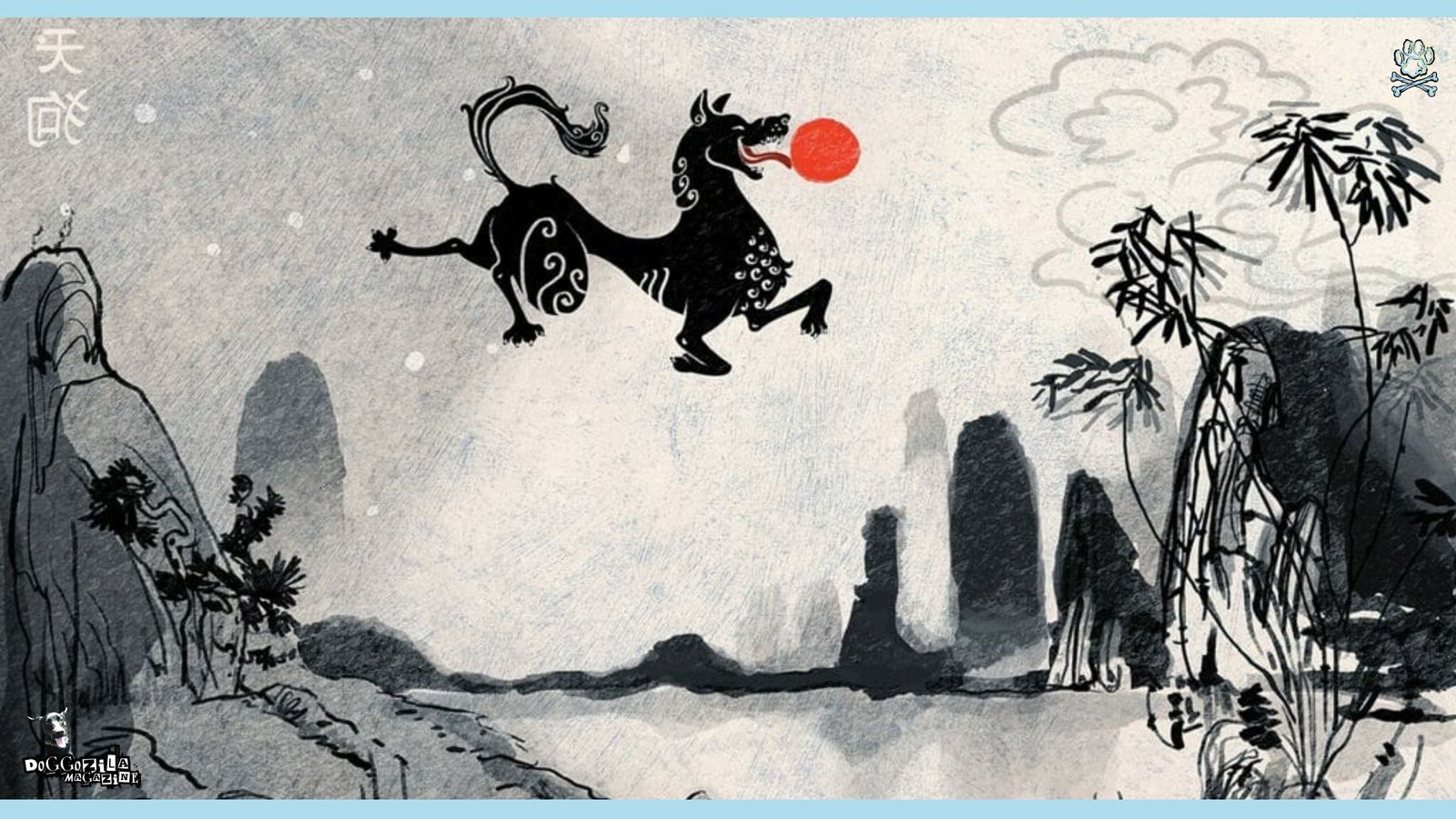
ANCIENT DOG MYTHS IN ASIA: PERSIAN AND ZOROASTRIAN VISIONS OF THE HOUND
In ancient Persia, within the Zoroastrian faith, dogs held a uniquely sacred and practical status. People considered them among the purest of creatures, with specific rituals and beliefs built around them. Their role was multifaceted, from spiritual cleanser to divine entity. The Zoroastrian perspective provides a profoundly spiritual dimension to ancient dog myths and beliefs in Asia. These myths emphasize loyalty, protection, and the sacred bond between humans and dogs, reflecting the vital role dogs played not only in daily life but also in Persian spiritual and moral realms.
Persian culture holds deep ancient dog myths and beliefs in Asia, especially through the lens of Zoroastrian visions of the hound as a sacred protector. In these myths, people see dogs as divine guardians created to defend humans from evil forces and to accompany souls in the afterlife. Zoroastrian texts describe “four-eyed” dogs, named for the distinctive markings above their eyes, as spiritual sentinels guarding the Chinvat Bridge, a passage between the living world and the afterlife.
The Four-Eyed Dog of the Chinvat Bridge
In Zoroastrian eschatology, souls must cross the Chinvat Bridge after death to reach the afterlife. A “four-eyed” dog (a dog with two spots above its eyes) is guarding this bridge. People believe the dog’s gaze can distinguish between the righteous and the wicked.
Its presence comforts the just but terrifies the sinful. This concept is a central pillar of the ancient dog myths and beliefs in Asia from the Persian tradition. The dog acts as a divine judge, a far cry from a simple pet. This belief highlights the perceived purity and perceptive power of dogs.
Related Article Recommendation:
The Black Dog Beliefs, Myths and Symbolism
The Ritual of the Sagdid: The Canine Gaze
The Sagdid, meaning “glance of the dog,” was a crucial Zoroastrian funeral rite. People brought a specially chosen dog to gaze upon the corpse. They believed this would drive away evil spirits and confirm the soul had departed. People valued the breed used, often a sight hound, for its sharp gaze.
This ritual underscores the belief in the dog’s ability to interact with the spiritual realm and purify spaces. It is one of the most concrete examples of ancient dog myths and beliefs in Asia being integrated into daily religious practice. The dog was an active participant in ensuring a safe spiritual transition.
Dogs as Agents of Purification
Beyond death rites, people saw dogs as agents of purification in Zoroastrian daily life. They believed contact with a dog would drive away spiritual corruption. There were even rules for feeding them and caring for them, as their well-being was tied to the community’s spiritual health.
People considered harming a dog a serious sin. This deep reverence elevates the dog to a sacred status unlike almost any other culture. This comprehensive view forms a complete and intricate system of ancient dog myths and beliefs in Asia centered on spiritual purity and the unique sanctity of the dog.
🔑 Key Points: In Zoroastrian tradition, people gave dogs a uniquely sacred status as agents of purification and divine judges, such as the “four-eyed” dog guarding the Chinvat Bridge to the afterlife.
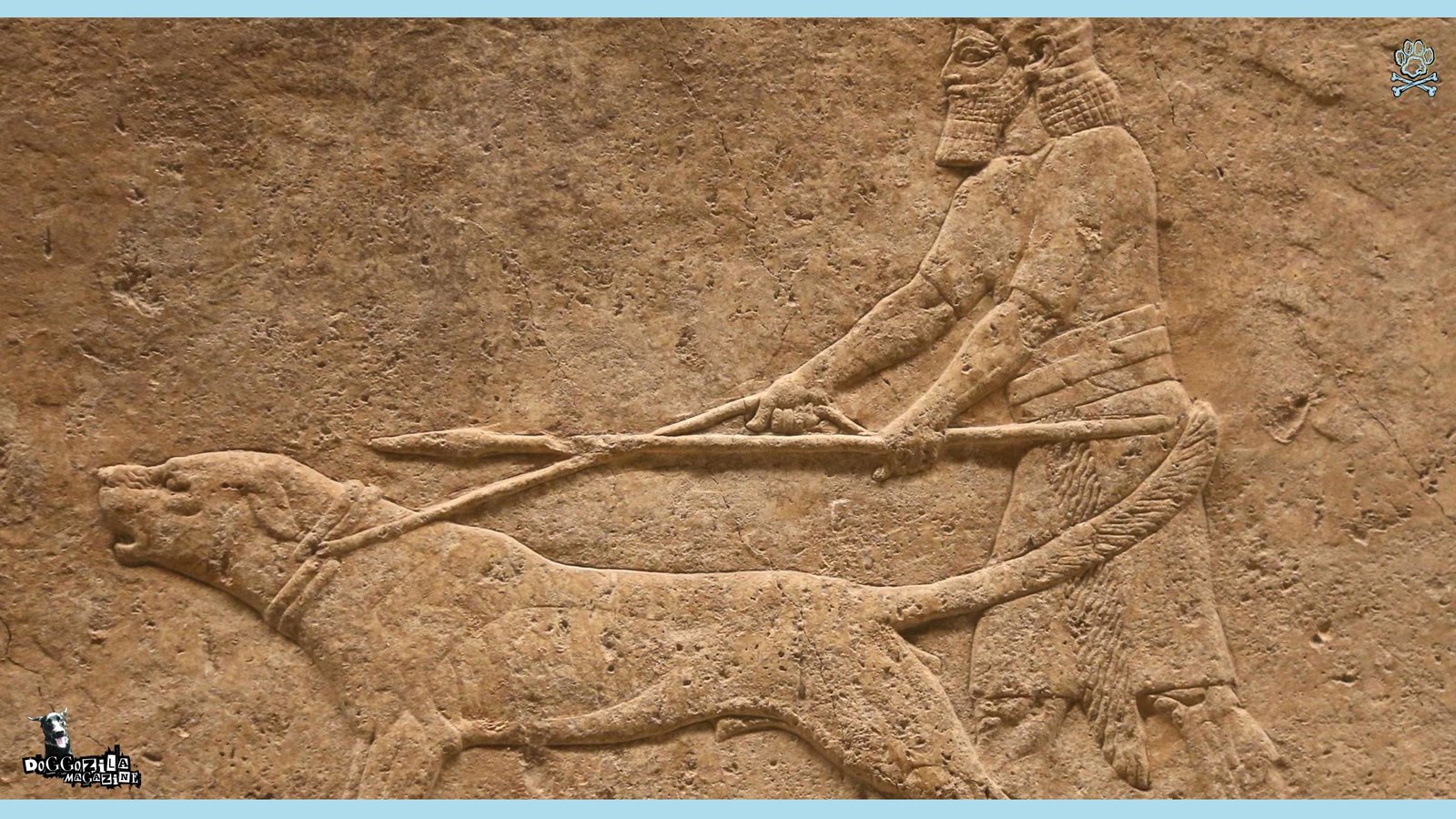
ECHOES OF THE ANCIENT DOG MYTHS IN ASIA TO YOUR PRESENT
The legacy of these ancient stories is all around us. For example, it’s in the way we describe our dogs as loyal, protective, and loving. It’s in the zodiac charms we buy and the statues we place in our gardens. These timeless tales show that our connection with dogs has always been about more than just companionship.
Ultimately, the core of ancient dog myths and beliefs from Asia or anywhere in the world lives on in every wagging tail and joyful bark. This history connects every dog owner to a tradition that spans thousands of years and countless cultures.
How Modern Dog Breeds Carry the Legacies from Ancient Myths in Asia?
Every time you see a Shiba Inu’s stubborn independence or a Tibetan Mastiff’s imposing presence, you are seeing living history. Modern dog breeds often carry the genetic and behavioral traits people revered them for centuries ago. These ancient dog myths and beliefs in Asia are encoded in their very being.
Understanding this history can help us better appreciate the unique quirks and instincts of our own pets. Your dog’s behavior is a link to a rich and storied past. In essence, choosing a breed is like choosing a piece of living history to bring into your home.
Bringing the Ancient Myths Home: Celebrating Your Dog Heritage as in Asia
You don’t need a festival day to celebrate your dog’s legendary spirit. For instance, give your pup an extra-special treat today in honor of Kukur Tihar. Take a moment to appreciate their loyal, guardian nature, much like the Komainu statues. When your dog stays by your side, remember Yudhishthira and his unwavering companion.
Weaving these ancient dog myths and beliefs in Asia into your daily life makes the bond with your dog even more meaningful and deep. You can even give your dog a red mark or a flower garland to make them feel like the guardian they are.
The Unbroken Bond: From Then to Now
The most beautiful part of these stories is that they are not forgotten. They have evolved and persisted for thousands of years. The core values of loyalty, protection, and love that ancient cultures saw in dogs are the exact same reasons we cherish them today.
This unbroken bond is the true power of ancient dog myths and beliefs in Asia. It proves that some connections are truly timeless, transcending cultures, continents, and centuries. Our dogs today are the living, breathing proof of these ancient legends.
The Final Takeaway on Ancient Dog Myths and Beliefs in Asia
This blend of historical research, cultural storytelling, and folklore reveals how ancient dog myths and beliefs in Asia continue to shape the way people view and value dogs across the continent. The connections to protection, loyalty, and spiritual guidance resonate with modern dog lovers and enrich the cultural heritage of these regions.
These stories offer not just history, but a deeper bond between humanity and one of its oldest companions. The core values of loyalty, protection, and love found in these ancient myths are the same reasons we cherish dogs today, creating an unbroken bond that transcends cultures and centuries.
We hope you enjoyed this deeper journey through time! The next time your dog does something amazing, remember that they might just be living out an ancient legend.
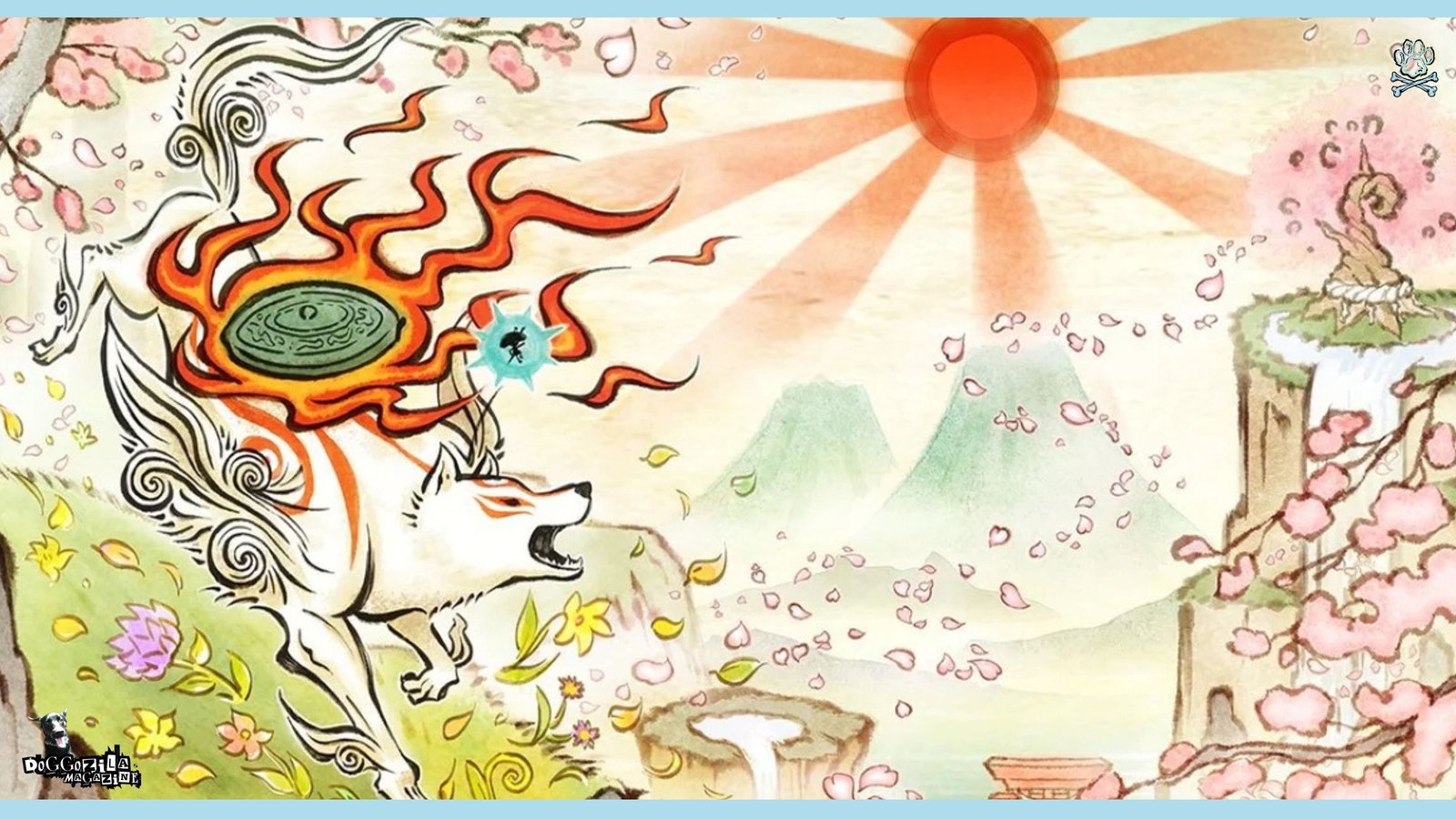
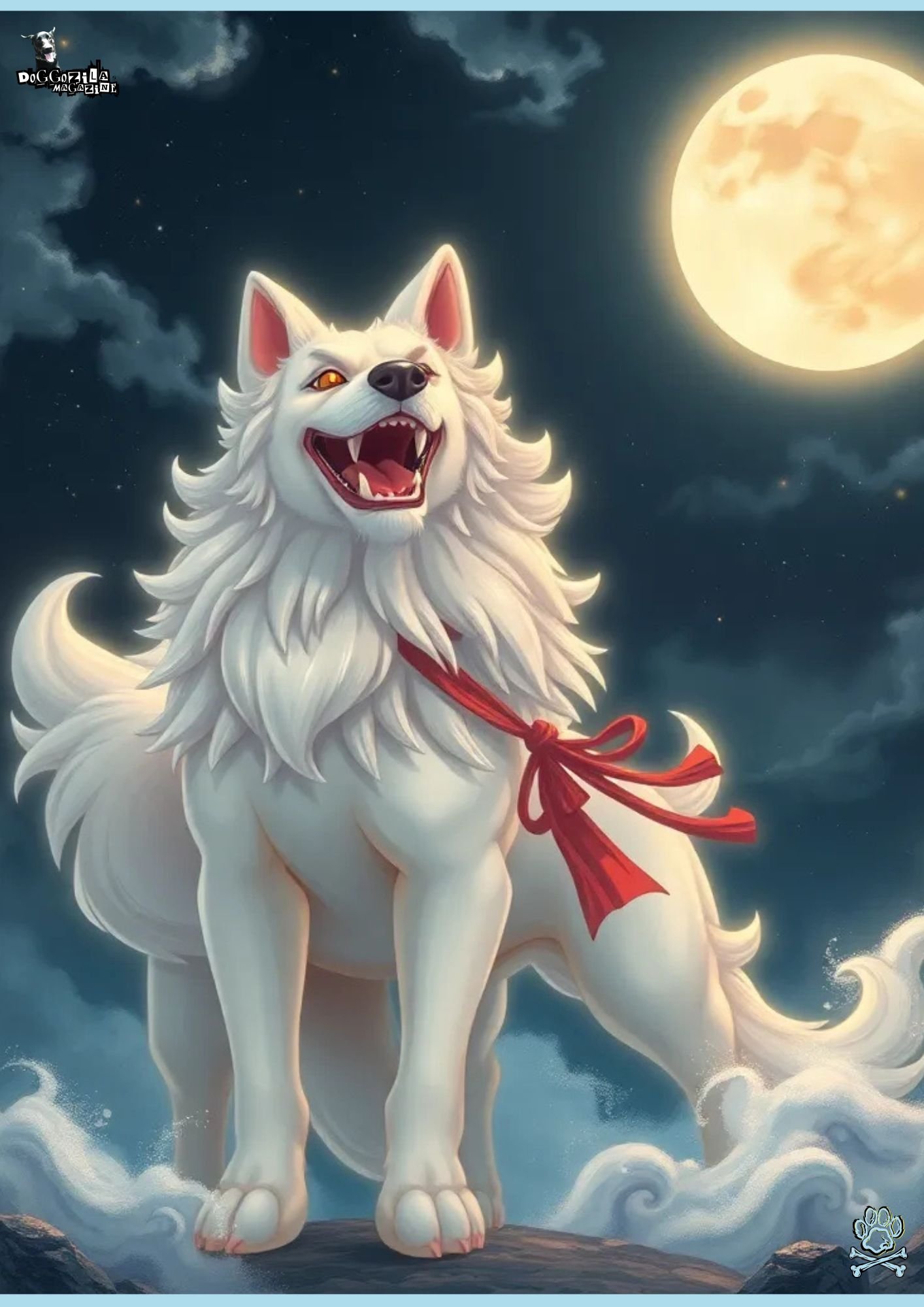
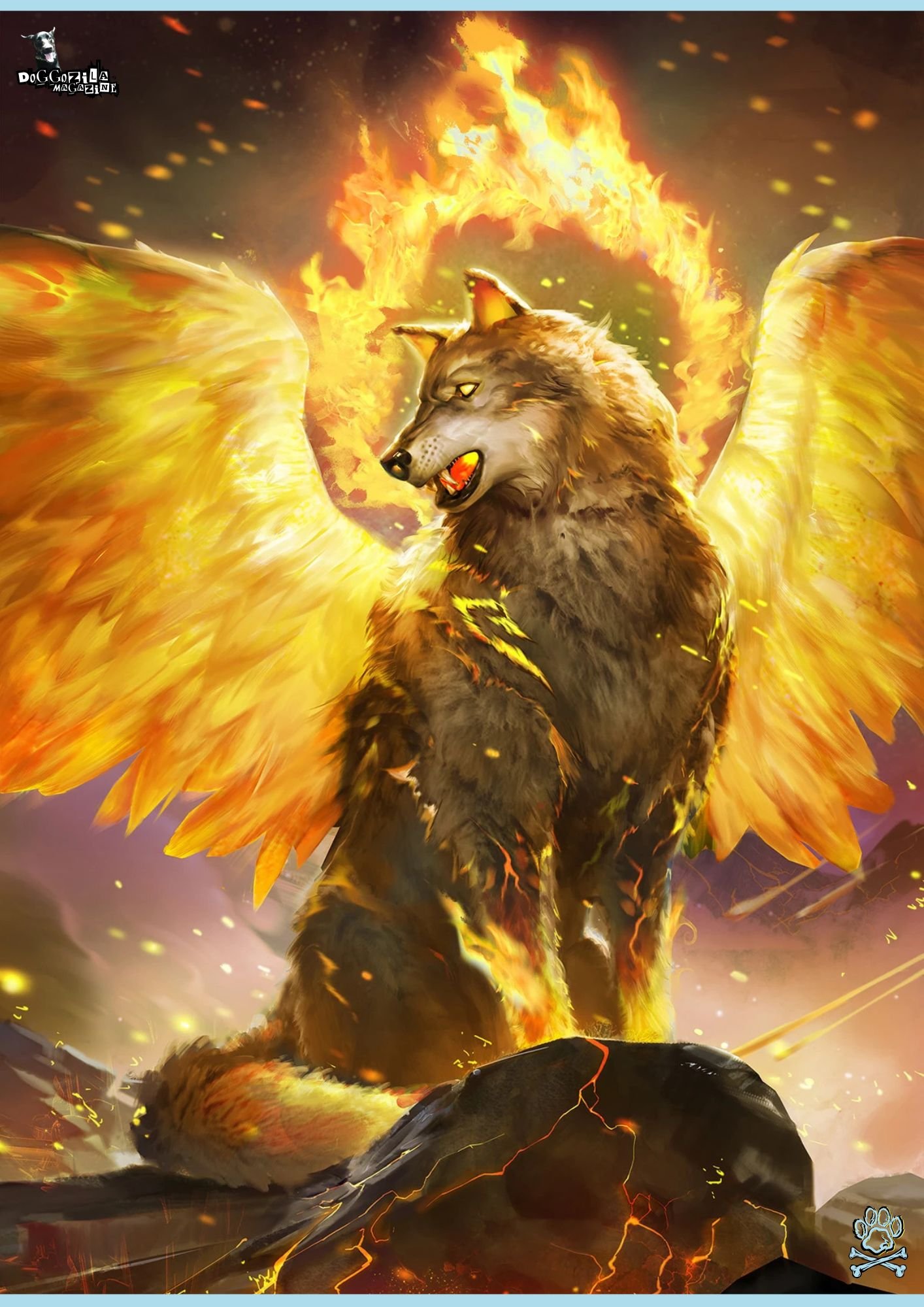
What trait of your dog reminds you of these ancient myths? Share your stories with us and our community





